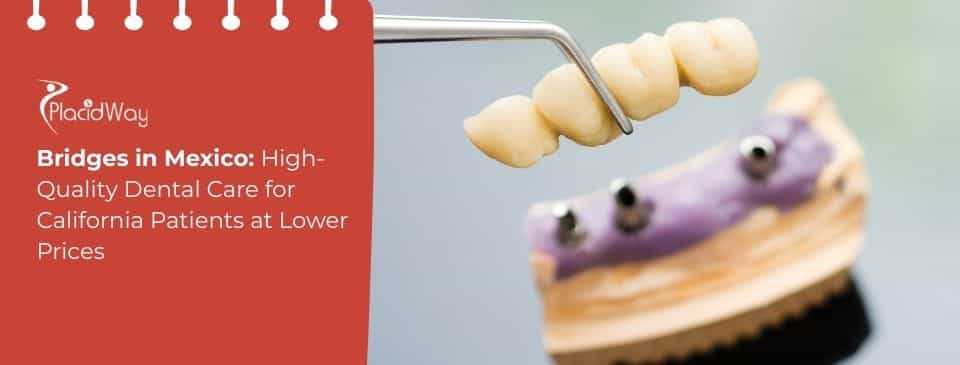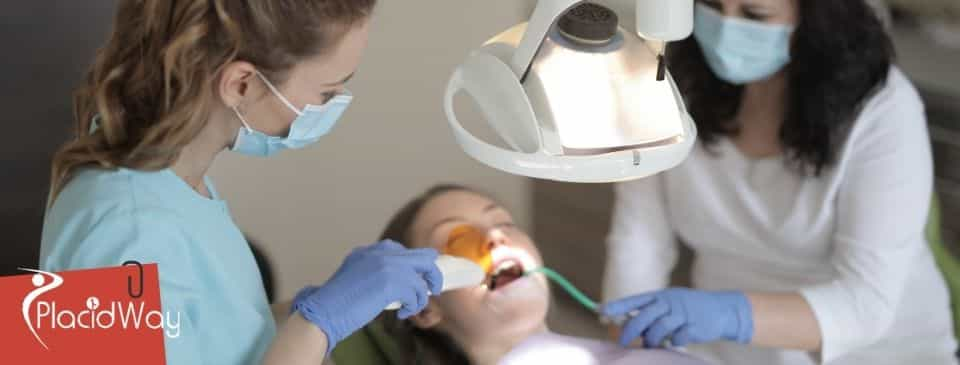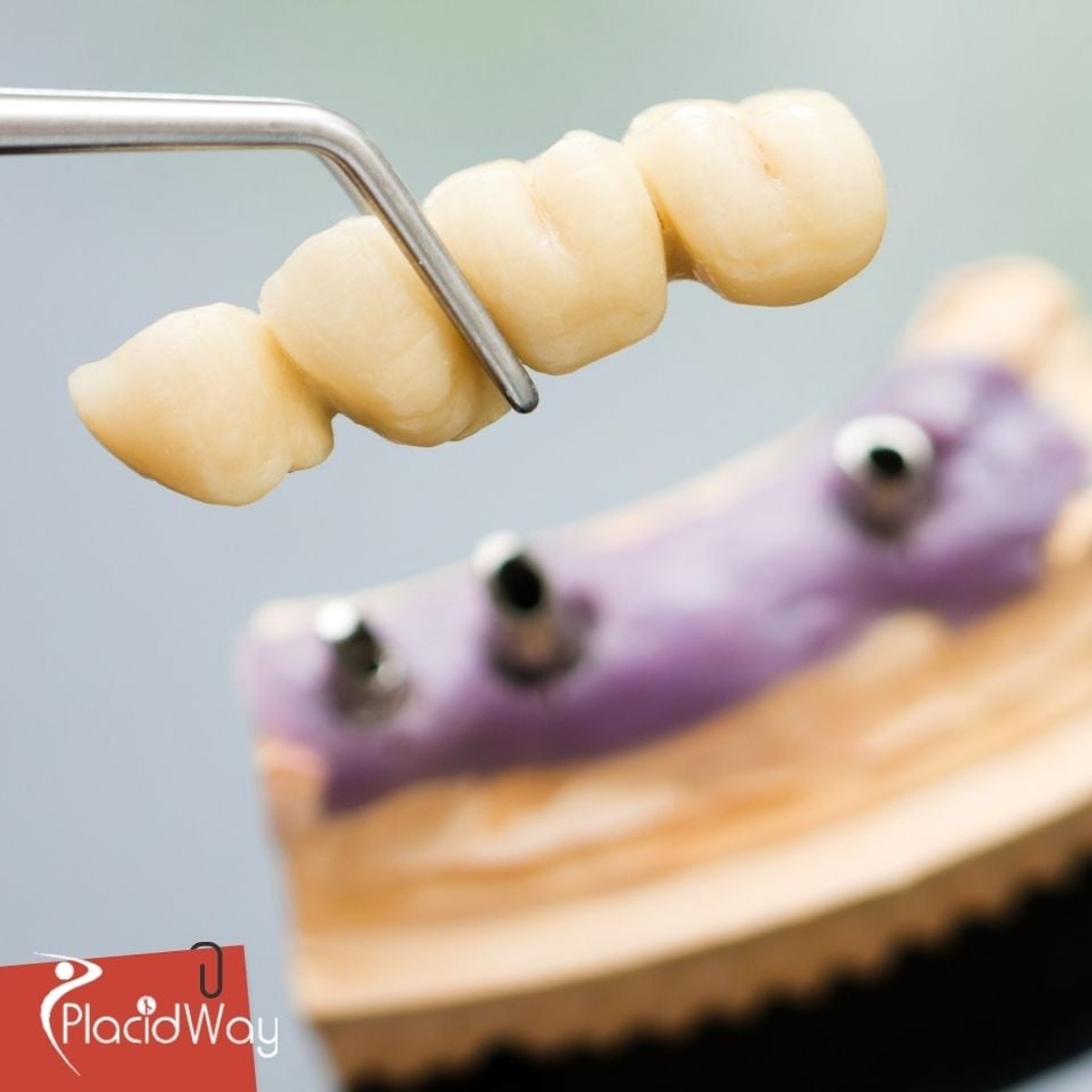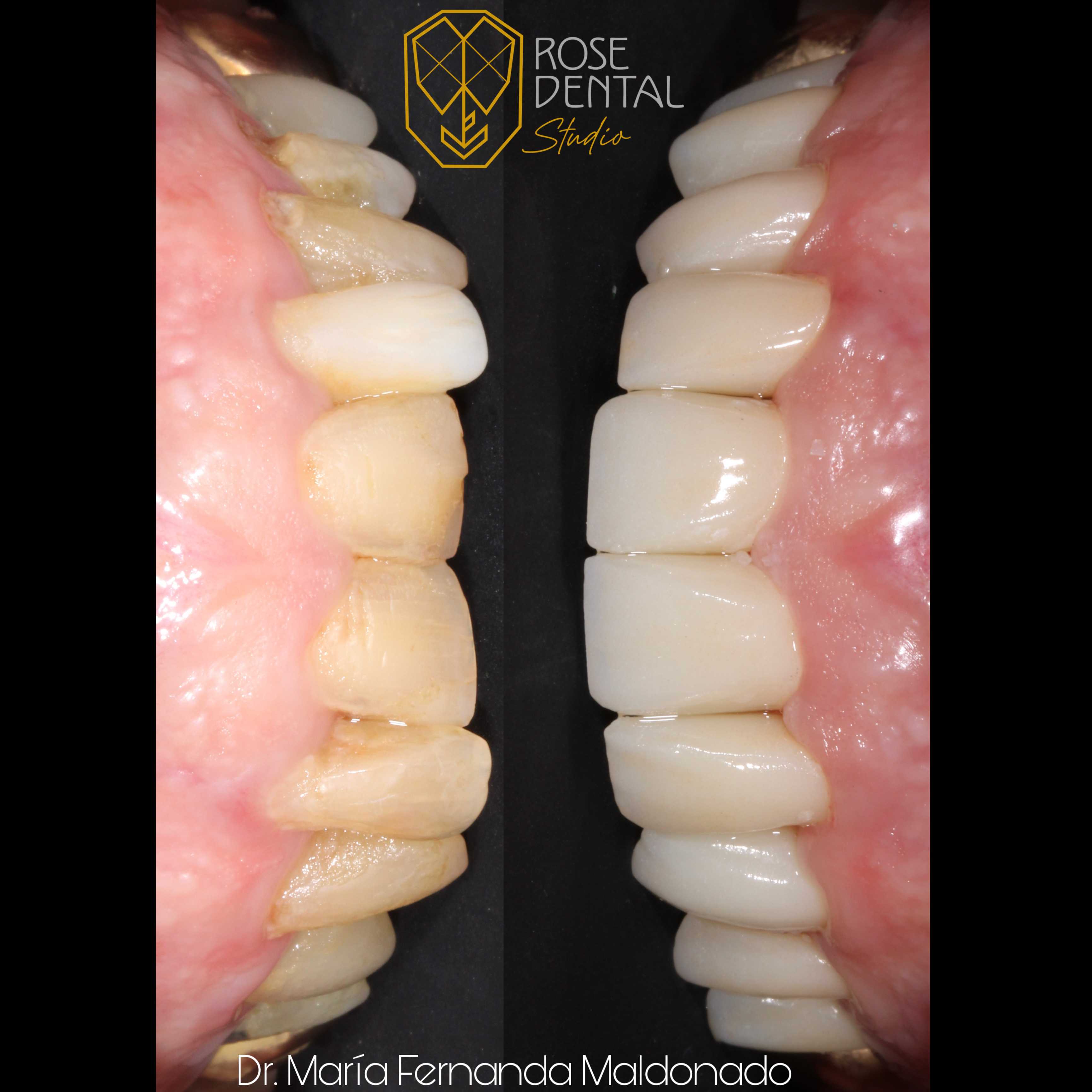
For many Californians, the high cost of dental bridges is a major obstacle. Mexico offers an affordable, high-quality alternative just across the border, combining skilled professionals, modern technology, and significantly lower prices. This guide covers the essentials of getting a dental bridge in Mexico.
Key Takeaways
-
Save 40%–80%: California patients can save significantly on dental bridges compared to US prices.
-
High-Quality Care: Mexican clinics often feature US-trained dentists, state-of-the-art CAD/CAM technology, and top-tier materials like zirconia.
-
Convenient Packages: All-inclusive packages often cover consultations, the procedure, and sometimes accommodation and transport.
-
Cost Snapshot:
-
PFM Bridge (Mexico): $500 - $900 vs. (CA): $2,000 - $4,500
-
Zirconia Bridge (Mexico): $1,200 - $1,500 vs. (CA): $3,500 - $7,000
-
Why Choose Mexico for Dental Bridges?
Californians choose Mexico for dental bridges due to the unbeatable combination of affordable prices, high-quality care, and convenient proximity.
The primary driver for dental tourism in Mexico is the dramatic cost savings. These savings stem from a lower cost of living and operating a practice, not from a compromise in quality. Reputable clinics use the same high-grade materials and technology as US dentists, with many professionals having trained in the United States or Europe. For Californians, border cities like Tijuana and Los Algodones ("Molar City") are easily accessible, making travel for appointments simple and affordable.
Your Dental Bridge Options in Mexico
Mexican clinics provide a full range of dental bridge options, including traditional PFM, all-ceramic, and advanced implant-supported solutions.
A dental bridge fills a gap left by missing teeth using crowns on adjacent teeth (abutments) to support a false tooth (pontic).
-
Traditional Bridges: The most common type, available in materials like Porcelain-Fused-to-Metal (PFM), all-ceramic, or ultra-durable Zirconia.
-
Implant-Supported Bridges: For multiple missing teeth, this option uses dental implants for a secure, long-lasting foundation that also preserves jawbone health.
The Procedure: What to Expect
The process is efficient, typically requiring two to three visits over 5 to 10 days for a consultation, tooth preparation, and final placement.
-
Consultation & Planning: Your first visit includes an examination and X-rays to create your treatment plan.
-
Preparation & Impressions: The adjacent teeth are prepared for crowns, and an impression is taken to craft your custom bridge.
-
Final Placement: You'll return to have your permanent bridge fitted, adjusted, and cemented for a perfect fit.
Safety and Finding the Right Clinic
Getting a dental bridge in Mexico is safe if you choose an accredited clinic that meets international hygiene standards and uses high-quality, FDA-approved materials.
When selecting a clinic, look for:
-
Credentials: Verify the dentist's qualifications and training.
-
Patient Reviews: Check testimonials for insight into the patient experience.
-
Technology: Modern equipment like CAD/CAM indicates a commitment to quality.
-
Communication: Ensure the staff speaks English for clear communication.
Cost of Dental Bridges: Mexico vs. California
The cost of dental bridges in Mexico is often much lower than in California, making it a popular choice for patients seeking quality dental care at affordable prices.
|
Procedure/Material |
Average Cost in Mexico |
Average Cost in California/US |
|---|---|---|
|
3-Unit PFM Bridge |
$500 - $900 |
$2,000 - $4,500 |
|
3-Unit All-Porcelain/Ceramic Bridge |
$900 - $1,200 |
$3,000 - $6,000 |
|
3-Unit Zirconia Bridge |
$1,200 - $1,500 |
$3,500 - $7,000 |
|
Implant-Supported Bridge |
$2,200 - $4,000 |
$8,000 - $15,000 |
Frequently Asked Questions (FAQ)
How much is a 3-unit bridge in Mexico?
A 3-unit bridge costs between $500 for PFM and $1,500 for zirconia.
Are dental materials in Mexico good quality?
Yes, top clinics use the same high-quality materials as US dentists, like porcelain and zirconia.
How long is the treatment process?
The process usually takes 5 to 10 days over two to three appointments.
Can I use my US dental insurance?
Some plans may offer coverage. Check with your insurance provider to confirm.
Is the procedure painful?
No, it is performed under local anesthesia. Mild sensitivity afterward is normal and manageable.
How long do dental bridges from Mexico last?
With proper care, a well-made bridge can last 10-15 years or more.
Start Your Journey with PlacidWay
Getting a dental bridge in Mexico is a smart way to save money without sacrificing quality. PlacidWay connects you with pre-screened, accredited dental clinics experienced in treating international patients. Contact us today for a free quote and take the first step toward a restored, confident smile.


.jpg)
















Share this listing